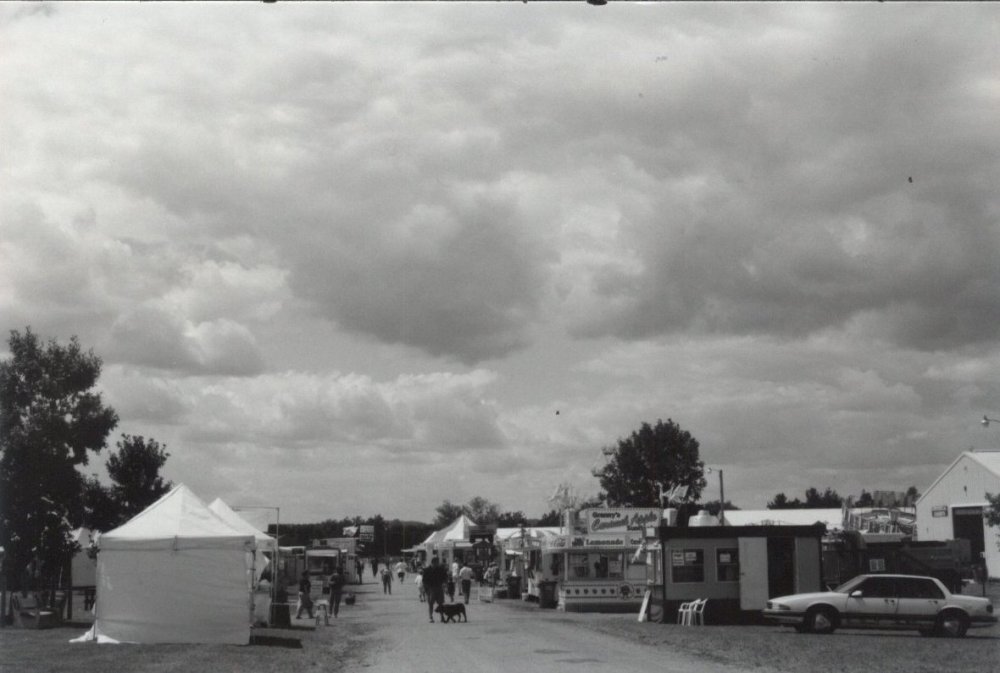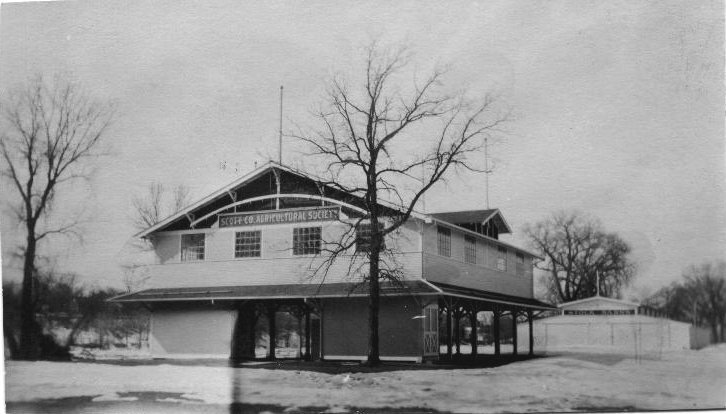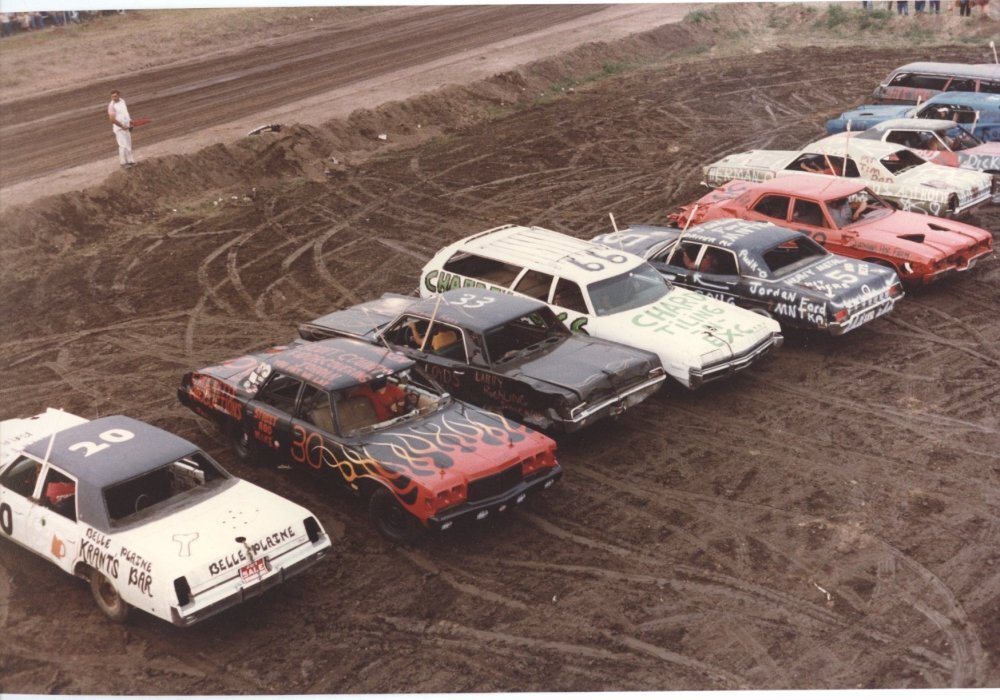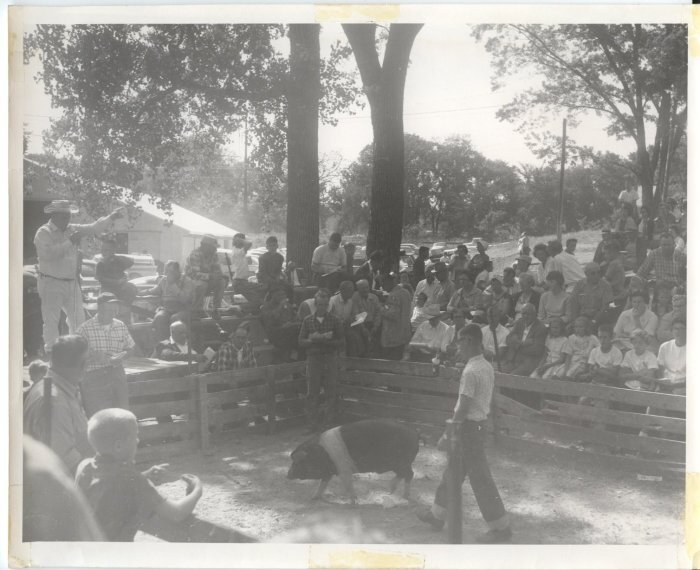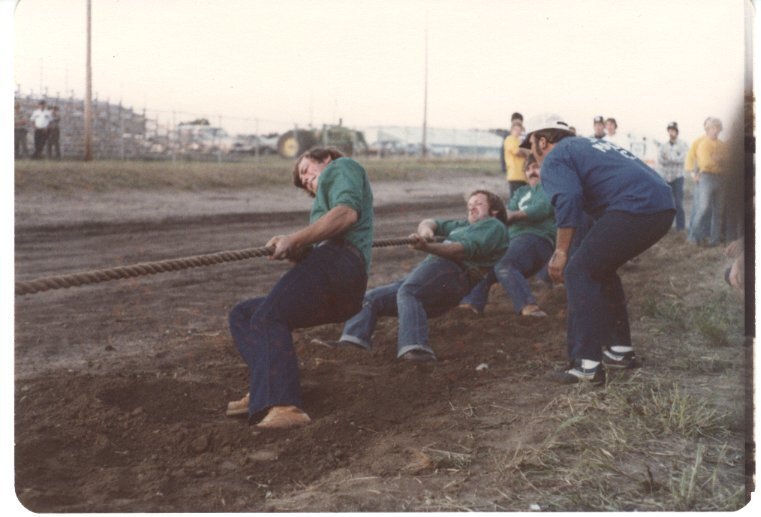To commemorate the United States’ mid-summer festivities, I thought it would be fun to look back at how Scott County has celebrated the fourth of July in years past. This history of Independence Day celebrations is interesting due to how little the holiday has changed throughout time. In a July 3rd, 1776 letter from John to Abagail Adams, John expressed his hopes that the occasion should be commemorated “with Pomp and Parade, with Shews [shows], Games, Sports, Bells, Bonfires and Illuminations from one End of this Continent to the other from this Time forward forever more.” Even in the late 1700s, novelty fireworks were widely available to the public, with one vendor listing his pyrotechnic wares as “rockets, serpents, wheels, table rockets, cherry trees, fountains, and sun flowers.”
A notice in the Belle Plaine Herald from about a hundred years after Adams, June 27th 1894, told of a gathering that would not have been out of place on a fourth of July today. “A Grand Celebration” including a “large platform on which music will be furnished for dancing purposes”. Sports of the day included foot racing, sack racing, horse racing and pony racing. Finally, of course, the event finished off with a “Grand display of fireworks”. In 1988, more then 200 years after John wrote to Abigail, New Prague celebrated the fourth with fireworks and music from the band “East Side Pharaohs”, mirroring celebrations from years past.


